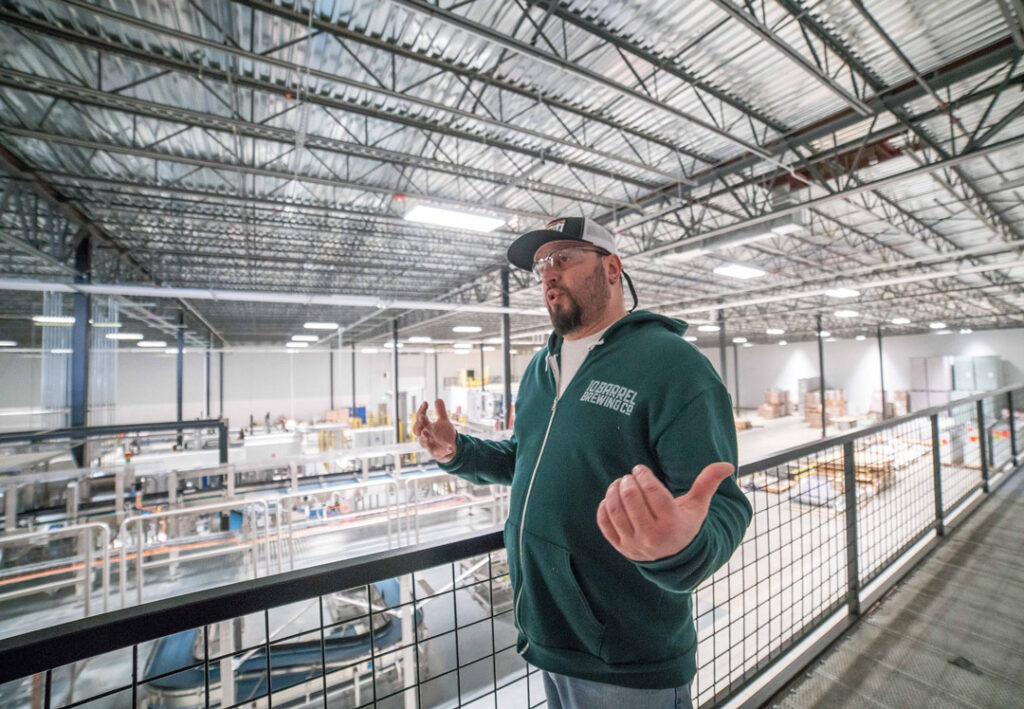If you use your overall equipment efficiency (OEE) as a way to measure your factory’s performance, you may always be on the lookout for tried and tested ways you can improve. Even if you are happy with your current OEE, it’s never a bad idea to take a minute and review some of the ways you can improve it. From the simple to the more complex, following are 7 tips to keep in mind when thinking about how you can make your OEE better.
- Prioritize Your Machinery – Especially if you have a complicated production line with lots of moving parts, you are well-aware that not all machines are created equal and some play a more prominent role in the production process than others. If those key machines go down your OEE will be impacted more than if something happens to a machine that only gets used once in a while. This doesn’t mean you can ignore those less-used machines, but since realistically you can’t be on top of everything all the time, you should keep a more watchful eye on the “big players” – the machines that are the most crucial to your OEE.
- Look Beyond the Machinery – Remember that there is more than just the performance of the production line machinery that determines your OEE. One of the important elements that goes into measuring OEE is the quality of the outputs. But, if the quality being produced is not up to the standards you want, it may not be fully the fault of the machinery. You should also investigate and see whether the problem actually lies in vendor management, warehousing, or procurement for example.
- Go Digital – You can’t be everywhere all the time. Sometimes you need to leave the factory and go home for dinner! Luckily, there are plenty of technology-based products that can essentially “babysit” your production line 24/7 and alert you to any problems that arise. The quicker you can identify a problem, the faster you can address it and ensure that your OEE is not negatively impacted.
- Prevention is the Best Medicine – Wouldn’t it be amazing if you could stop a breakdown from happening before it starts? Broken machines are inefficient machines, pushing your OEE number down. While obviously there will always be emergencies and unexpected snafus, having a regularly scheduled preventative maintenance plan in place can help reduce the frequency of such inconveniences and help keep your OEE up.
- Small Changes Yield Big Results – When analyzing your OEE, make a list of the top 3 causes of the biggest losses (make this very detailed – don’t just say “downtime” but rather “downtime caused by material jamming the machine”). Then, out of those issues, determine what you could do to address each one and notice for which one there are clear and specific action items that you know can be done immediately and don’t require a lot of additional resources. Now you’ve identified what your next steps should be to be on your way to improving your OEE!
- Empower Employees – While your machine operators and factory floor workers may not be as focused on the bottom line and OEE as you are, they are your best source of information and you should actively involve them in the process of tracking and improving your OEE. Floor workers are right there on the front lines seeing the production line in action every day – they may have insights that you never even thought of. Take some time and speak to your people – ask them what they see as the biggest challenges and for suggestions to address those challenges.
- Automate – Sometimes human error is the biggest culprit when it comes to lower OEE. Maybe an employee is sick one day and there is no coverage. Or maybe someone just made a mistake and pressed the wrong button. If you have certain processes or parts of your production line that can be automated, it might be worth that initial investment that will pay back in dividends when it comes to your OEE.
Remember that OEE is not the be all and end all when it comes to measuring your factory’s efficiency and worth, but it is one of the important metrics and is a good way that you can consistently set benchmarks and measure your progress. If you are going to use OEE as a yardstick, you definitely should implement any of all of these tips in order to maximize your OEE.


